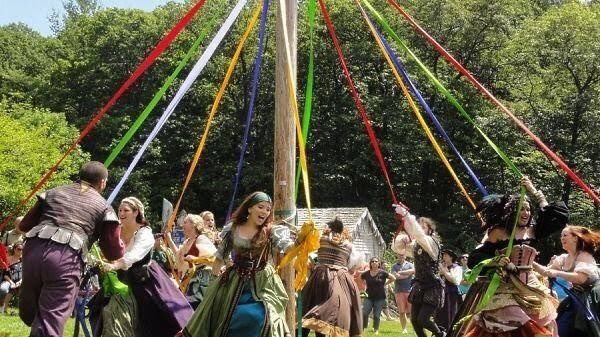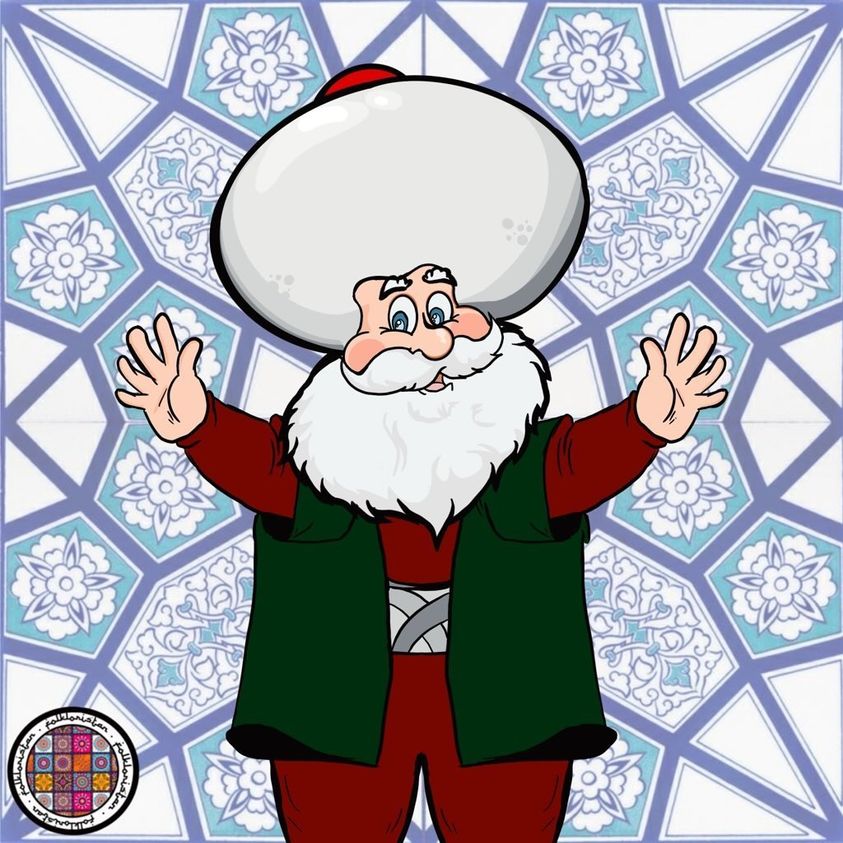Now a part of British Crown jewels, the Koh-i-Noor Diamond's journey through history is marred with tragedy and misfortune, particularly among the Kings who possessed it. Follow along as we unravel the curse of this cursed gemstone and the havoc it wreaked upon its royal owners. 



Humayun - The son of Babur and the second Mughal Emperor, faced several military defeats and had to flee to Persia after he lost his throne. 



Sher Shah Suri - The Afghan ruler who briefly interrupted Mughal rule in India in the mid-16th century, seized the Koh-i-Noor from Humayun during a battle. However, he died soon after in a gunpowder explosion at a fort. 



Nadir Shah - The Persian ruler who invaded India in 1739, plundered the Mughal Empire's treasure, including the Koh-i-Noor. However, after his return to Persia, he faced a rebellion by his son and was later assassinated. 


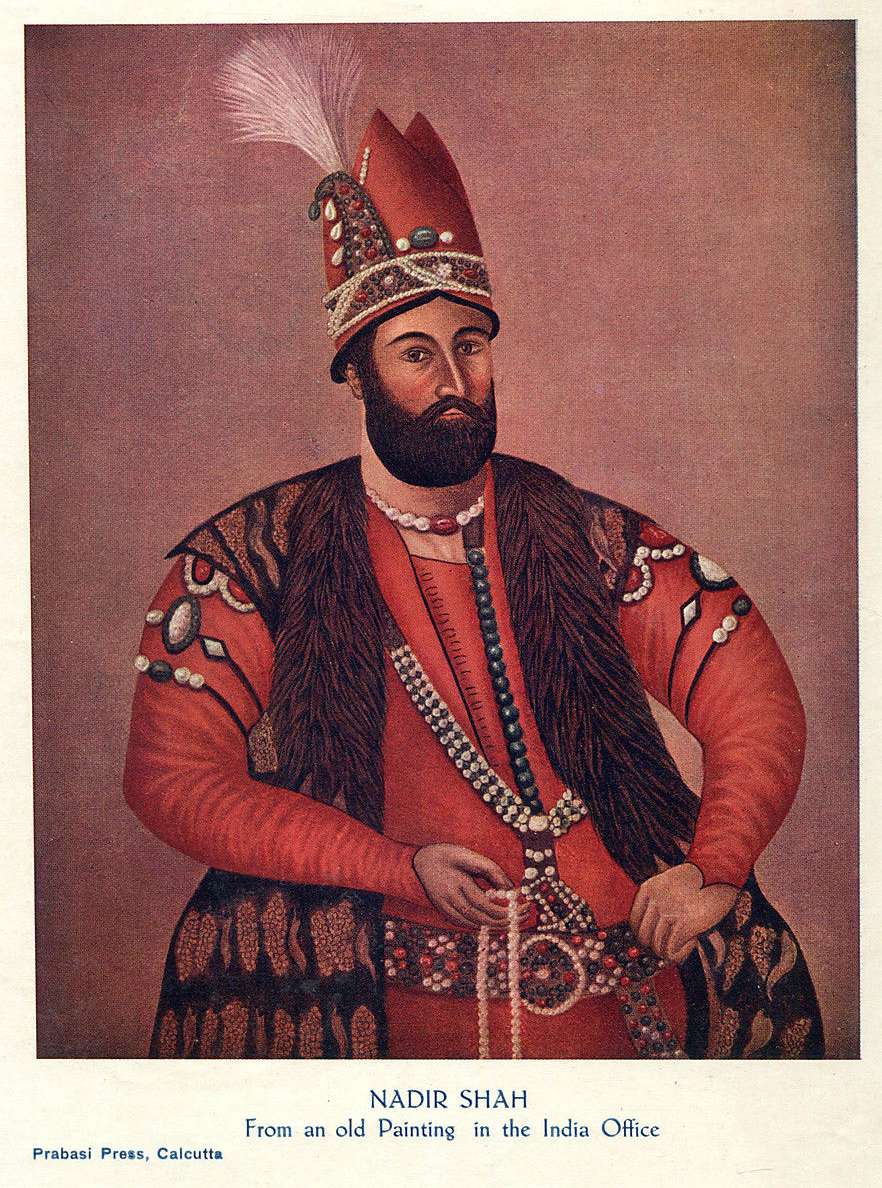
Ahmad Shah Abdali - The founder of the Durrani Empire, one of the greatest military leaders of all times, faced one rebellion after the next after he acquired the Koh-i-Noor in 1751 as a part of war booty. 



Ranjit Singh - the Sikh Maharaja who acquired the Koh-i-Noor in 1813, lived only till 59, was severely ill for several years, and also had a chronic eye infection that left him partially blind. His successors lost the empire, and the Koh-i-Noor Diamond to the British. 



King Edward VII - The British monarch who inherited the diamond from his mother Queen Victoria, faced challenges during his reign, including political scandals, tensions with Germany, and health issues that included a near-fatal bout with pneumonia. #BritishMonarchy 



King George VI - often known as a shy, reluctant king, struggled with a severe stammer along with other health problems. From leading his country through World War II to managing a declining empire, his troubles were many. #History #CursedDiamons 



As we mark today as #CoronationDay - we can't help but wonder: what will the fabled Koh-i-Noor Diamond, stolen from Lahore in 1849, hold for King Charles III?
#UnfortunateKings #ofdarkandmacabre

#UnfortunateKings #ofdarkandmacabre
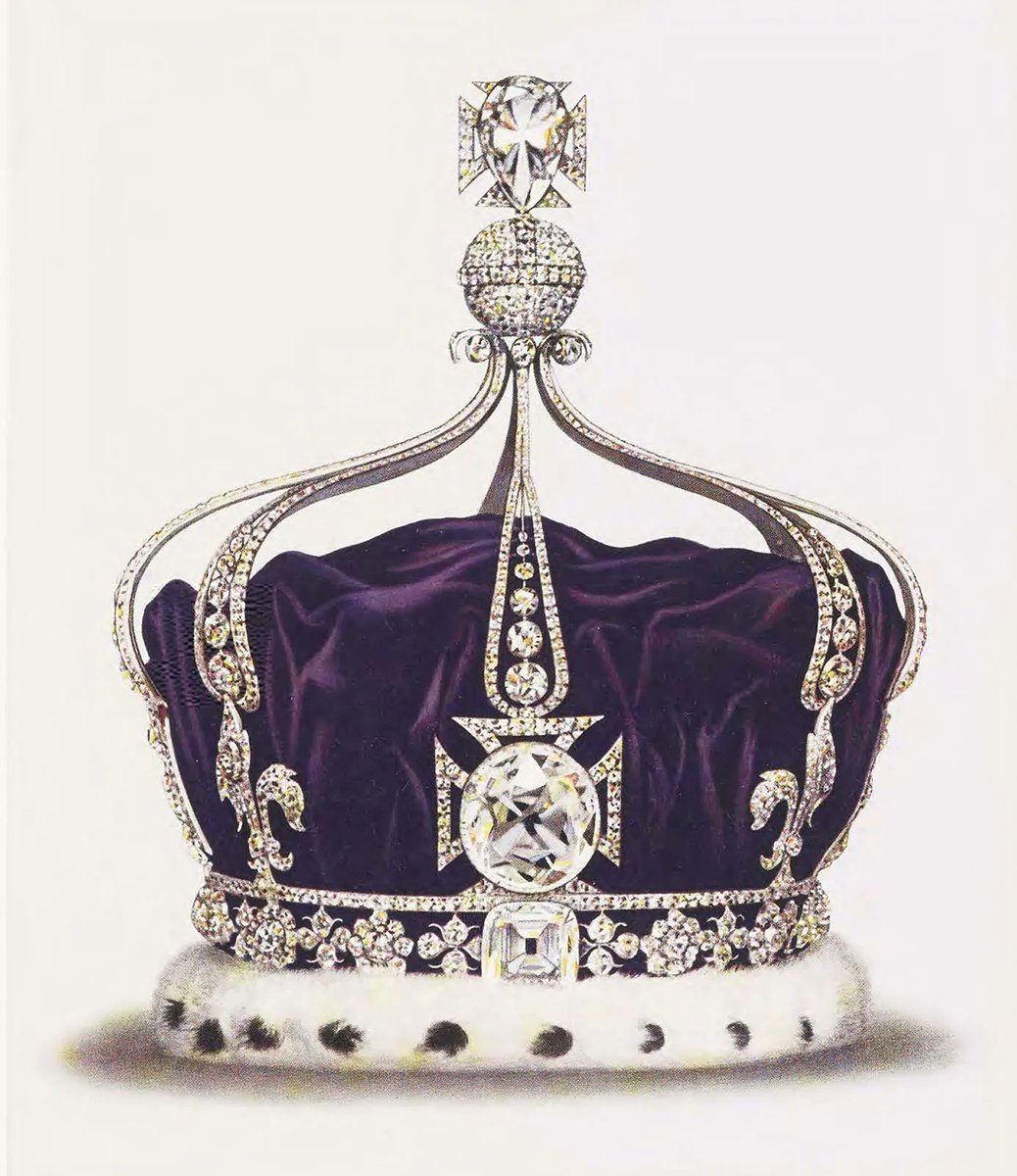
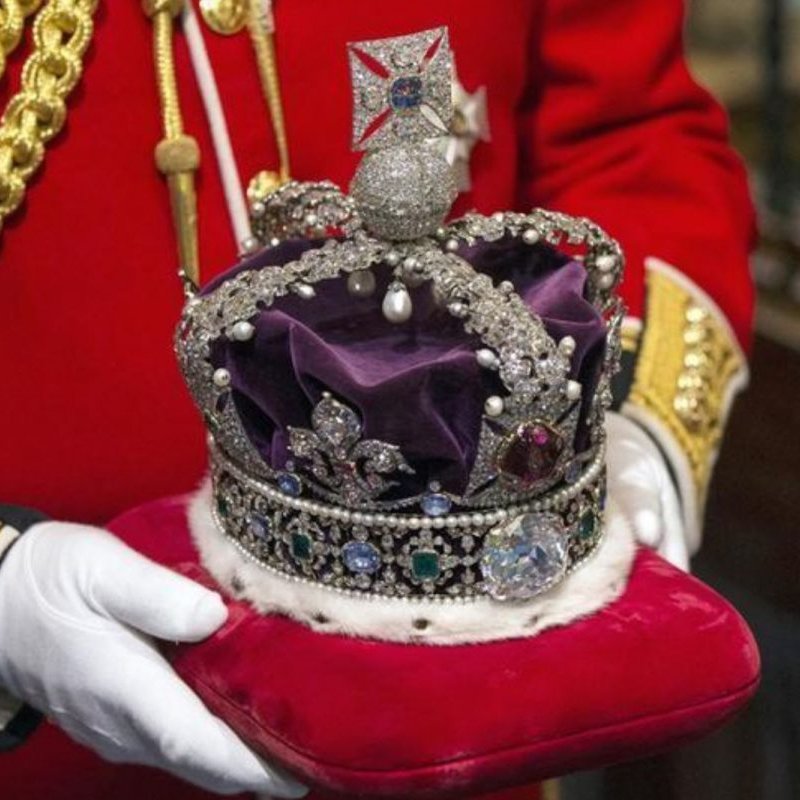
• • •
Missing some Tweet in this thread? You can try to
force a refresh

 Read on Twitter
Read on Twitter








